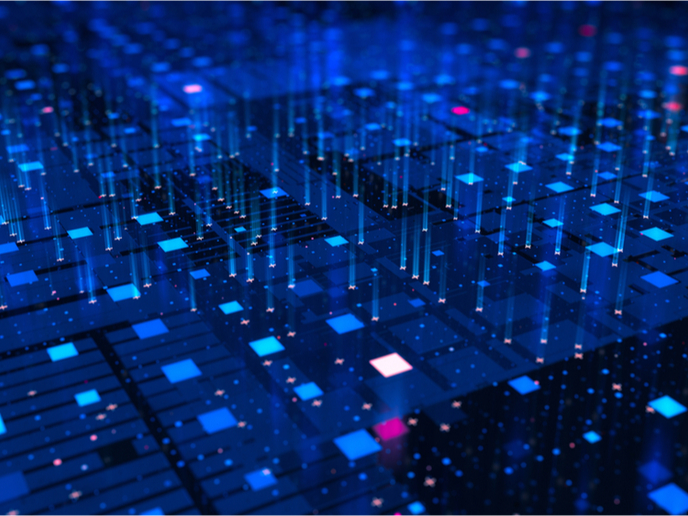Examining information-processing protocols on a quantum network
Security issues are, without a doubt, critical for modern interconnected societies. The past few years have seen huge investment in quantum technologies; it is imperative to better understand how to make use of the available quantum resources and close the gap between theoretical and experimental approaches. The EU-funded IPQNet project aimed to exploit quantum technological advancements to the full, to provide gains for secure communication. “This will eventually lead us to a more secure society and a better understanding of the potential of quantum technologies in near-future quantum networks,” explains Anna Pappa, IPQNet project coordinator.
Routing quantum resources on networks
More specifically, the research project examined how to process information on a quantum network: establishing necessary quantum states between nodes, routing information along the underlying architecture, and finally, running multipartite cryptographic protocols. Pappa notes: “These issues are crucial in modern society, due to large investments from public and private institutions on quantum technologies.” IPQNet’s objectives included providing verification techniques for quantum resources, studying the routing of quantum resources on networks to obtain and share the necessary quantum states in specific network topologies, and examining the composability of quantum and classical routines. Pappa says that they came up with some preliminary results on verification of quantum resources, extending previous research to graph states, and specifically to what is called absolutely maximally entangled (AME) states, exhibiting specific types of symmetries. The lack of symmetries in general graph states didn’t allow for a straightforward generalisation of the techniques that the IPQNet team was planning to use. So they focused on states that show a different type of symmetry and that have not been studied before in such an adversarial verification setting.
Secure online voting
During the project, Pappa also participated in an extensive review on quantum electronic voting, which includes the first formal definitions of security for such schemes. This work was a collaboration with the University of Edinburgh and Paris 6. The review points to the fact that quantum computers could be used to enhance the security of online voting schemes. However, even though researchers have proposed several schemes, in the published review, all of these are shown to be insecure. This work is published in the journal Association for Computing Machinery (ACM) Transactions on Quantum Computing. Finally, the researchers studied how to route quantum information on a network and published a report Quantum network routing and local complementation proposing methods that use graph theoretic results and local quantum operations. Work that is currently under way, implements some of the methods proposed in the report, using remote quantum servers. “This was a very interesting project that showed how to use quantum resources to bypass bottlenecks on networks. This led to new collaborations with experimental optics groups, which are expected to demonstrate the potential of networked quantum technologies under realistic conditions,” concludes Pappa.
Keywords
IPQNet, quantum, quantum technologies, network, security







